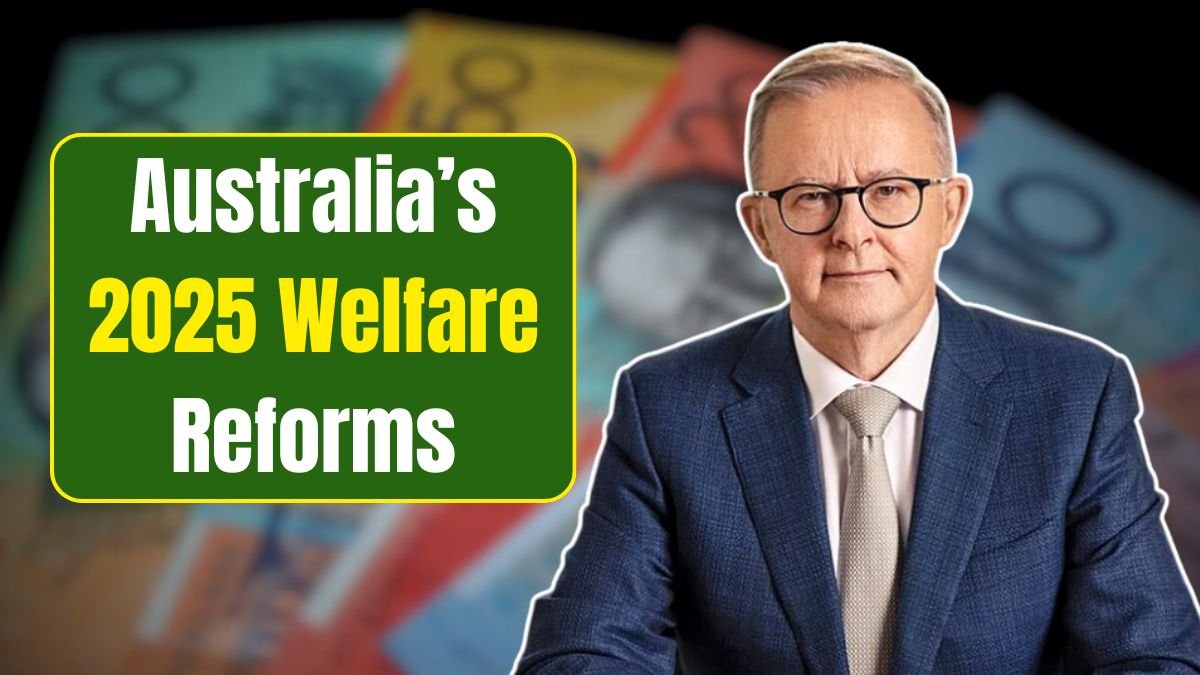Australian welfare recipients and their advocacy groups are concerned about changes to the welfare system the government is making in 2025. While being presented as part of longer-term changes to the economy, many perceive the changes as a withdrawal of assistance to financially vulnerable Australians. Even as inflation and cost-of-living pressures remain strong, knowing what is being cut — and what is not — is more critical than ever.
Adjustments to Payment Thresholds
Applicants will face updated income and asset level triggers for certain welfare programs. Some thresholds are rising to adjust for inflation, or slightly increasing to reflect other developments, while some are being recalibrated to limit eligibility. This also means some recipients may be phased out of payments they were previously eligible for, especially in programs covering JobSeeker and Youth Allowance.
Reduced Supplements and Concessions
A variety of those cash injections and discounts are either being reversed or recalibrated. These also reduce the value of energy supplements and alter the rent assistance formula. The government says these changes are needed to simplify the system, but critics warn that they could disproportionately hit low income households who are already struggling to make ends meet.
Stricter Compliance Measures
Stricter new compliance rules will be put in place to make sure recipients are more stringent about fulfilling mutual obligation requirements. That includes tougher reporting requirements and tougher sanctions for missed appointments or job search failures. They are of course all meant to help support workforce participation, but they could also pile pressure on a group already having difficulty finding solid work.
Impact on Families and Carers
There could also be changes to eligibility and payment structures for families who receive Parenting Payment and Carer Payment. Some perks are being rolled into others; some are being subjected to new income tests. These changes would diminish the amount of support provided to families trying to navigate the experience of caregiving and financial struggle.
Government’s Position and Public Response
The government argues these reforms are a long-term ambition to ensure welfare is both more sustainable and targeted. But the response from the public has been mixed, with a lot of advocacy groups calling for a more compassionate response. Once the changes come into effect, transparency and communication will be vital in making sure Australians know how they’re affected.
Conclusion
The 2025 welfare reduction is a notable turn in Australia’s welfare climate. Some changes seek to bring the system up to date, but others put as risk some of our most vulnerable citizens. Keeping abreast of any developments and talking to Centrelink or financial counselors could benefit the people who will have to navigate the new welfare landscape. For more information, go to the Department of Social Service’s Web site.
Also Read: Centrelink’s $4,020 Payment in June 2025: Who Qualifies and When to Expect It
